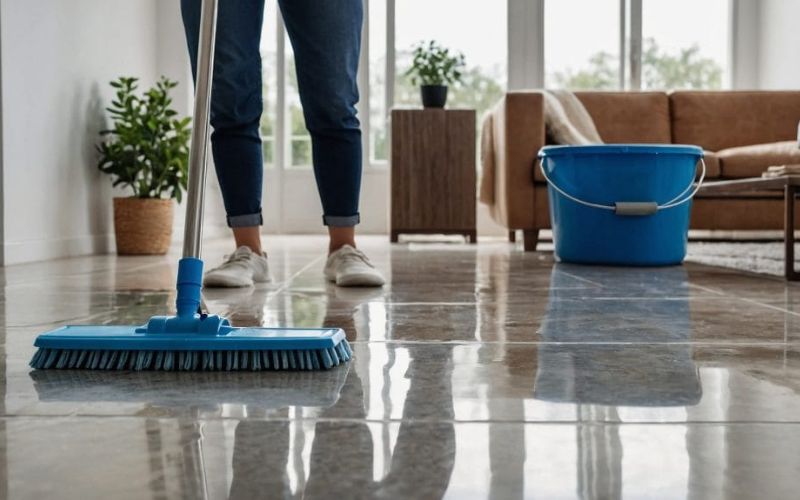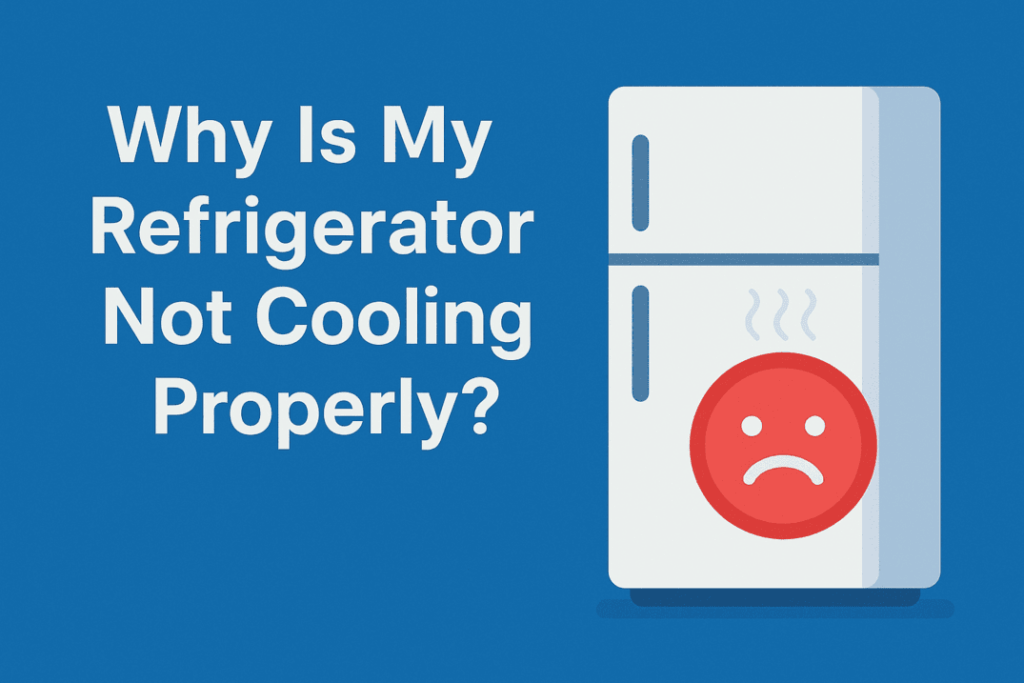Porcelain tile floors are known for their sleek appearance, incredible durability, and resistance to moisture—making them a top choice for kitchens, bathrooms, and living areas alike. However, while porcelain is relatively low-maintenance, getting a spotless, streak-free finish can be trickier than it looks. Without the right cleaning methods, even clean tiles can look dull or hazy.
In this guide, we’ll share expert tips on how to clean porcelain tile floors effectively, maintain their shine, and avoid the common pitfalls that lead to streaks. Whether you’re dealing with matte or polished tiles, these techniques will help restore your floors to their original brilliance.
To learn more about maintaining or upgrading your tile flooring with professional advice, check out [Insert Target Link]—your go-to resource for high-quality porcelain tile solutions.
If you’ve ever cleaned your floors only to see streaks once they dry, you’re not alone. Using the wrong tools or cleaners, not rinsing properly, or cleaning too frequently with soap-based products can all lead to that frustrating cloudy finish. Don’t worry—we’ve got your back with solutions that work.
Why Porcelain Tiles Need Special Attention
Porcelain tiles may be strong, but they aren’t invincible. Understanding why certain cleaning methods work better can help you protect your investment:
-
Porous vs. glazed surface: Glazed porcelain resists staining, but matte and unglazed tiles absorb grime more easily.
-
Residue sensitivity: Even a small amount of cleaner residue can cause hazing or streaks when dried.
-
Grout lines: Grout attracts dirt, which can make even clean tiles look dingy if ignored.
Keeping your tiles truly clean involves more than just a quick mop—it’s about using the right tools, timing, and solutions.
The Essential Tools for Streak-Free Cleaning
Here’s what you need to get started:
-
Microfiber mop – Prevents lint, traps dirt, and reduces water usage.
-
pH-neutral cleaner – Avoids dulling the finish or leaving residue.
-
A bucket with two compartments – One for clean water, one for rinsing.
-
Soft-bristle brush – For cleaning grout and tough stains.
-
Distilled water (optional) – Great for hard water areas to reduce mineral streaking.
Avoid: String mops, abrasive pads, wax-based cleaners, vinegar, and bleach (unless diluted and used sparingly).
Step-by-Step: How to Clean Porcelain Tile Floors Without Streaks
Follow this foolproof method to get sparkling results every time:
1. Sweep or Vacuum First
Remove loose dirt, sand, and debris. Skipping this step can cause scratches and muddy your cleaning water quickly.
2. Mix a Gentle Cleaning Solution
Use a pH-neutral tile cleaner diluted in warm water. Avoid overly soapy mixtures—soap leaves streaks.
3. Mop with Microfiber
Dip the mop in the cleaning solution and wring it well. Mop using long, even strokes. Work in small sections.
4. Rinse with Clean Water
Use a second mop or a clean side of your mop to go over the area with plain water. This is crucial to remove detergent residue.
5. Dry with a Clean Towel
Letting floors air dry can lead to water spots or streaks. Use a clean, dry microfiber towel or cloth to dry tiles manually.
Tips for Polished vs. Matte Porcelain Tiles
✅ Polished Tiles
-
Use distilled water to prevent mineral deposits.
-
Always dry with a microfiber cloth.
-
Clean in the direction of the tile’s grain (if visible).
✅ Matte or Textured Tiles
-
Use a soft-bristle brush for deep cleaning.
-
Rinse thoroughly to remove trapped dirt.
-
Mop more frequently—textured tiles hide grime better.
Natural DIY Cleaner (For Regular Maintenance)
If you prefer chemical-free solutions:
Ingredients:
-
1 gallon of warm water
-
2 tablespoons baking soda
-
5 drops of essential oil (optional for scent)
Mix and mop as usual. Baking soda helps lift mild dirt and neutralizes odors without harming tile finish.
How Often Should You Clean?
-
Daily: Sweep or vacuum high-traffic areas.
-
Weekly: Mop with cleaner for general maintenance.
-
Monthly: Deep clean grout and edges.
-
As needed: Spot-clean spills immediately to prevent staining.
Common Mistakes to Avoid
Even seasoned homeowners fall into these traps:
❌ Using too much detergent – Leads to buildup and hazing.
❌ Not rinsing – Leaves residue that dulls shine.
❌ Air drying – Encourages streaks from minerals or detergent.
❌ Using vinegar – While natural, it’s too acidic for long-term use on tile.
Bonus: How to Keep Grout Lines Looking Fresh
Grout is often the first thing to show dirt. Here’s how to clean it without damaging the surrounding tile:
-
Mix baking soda and water into a paste.
-
Apply to grout and let it sit 5–10 minutes.
-
Scrub gently with a soft-bristle brush.
-
Rinse thoroughly and dry.
Pro Tip: Seal your grout lines annually to resist stains and mold.
Maintain That Shine: Long-Term Tips
-
Place rugs at entrances to trap debris before it hits your floor.
-
Use felt pads on furniture legs to prevent scratches.
-
Avoid steam mops too frequently; the heat and moisture can weaken grout over time.
-
Rotate cleaning products occasionally to prevent buildup from any one cleaner.
Final Thoughts
Porcelain tile flooring brings timeless beauty and easy maintenance—if you clean it the right way. With the proper tools, a consistent routine, and awareness of common mistakes, you can keep your floors spotless and streak-free for years to come.
Have a porcelain tile cleaning tip that works wonders for you? Share your go-to method in the comments or tag us with your sparkling results!









